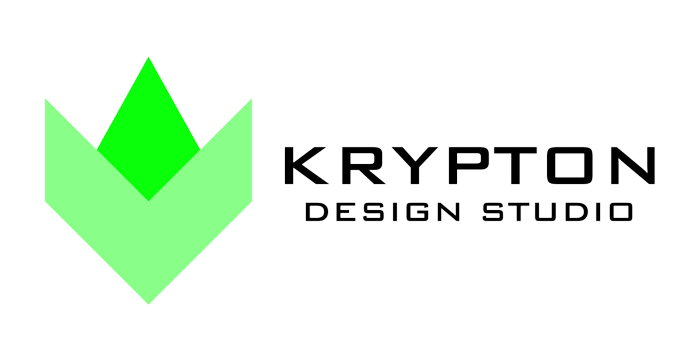Introduction to 3D Printing

3D Printing is a process for making a physical object from a three-dimensional digital model, typically by laying down many successive thin layers of a material.
3D printing is among the most important advancements in manufacturing since the Industrial Revolution.
3D printing is an enabling technology that encourages and drives innovation with unprecedented design freedom while being a tool-less process that reduces prohibitive costs and lead times. Components can be designed specifically to avoid assembly requirements with intricate geometry and complex features created at no extra cost. 3D printing is also emerging as an energy-efficient technology that can provide environmental efficiencies in terms of both the manufacturing process itself, utilising up to 90% of standard materials, and throughout the products operating life, through lighter and stronger design.
In a nutshell…
Once used strictly for prototyping, it now offers transformative advantages at every phase of product creation, from initial concept design to production of final products and every step in between. The rapidly growing selection of materials, new approaches to automation, and increases in speed are allowing for growth in applications for 3D printing across industries, ranging from aerospace and automotive to durable goods, healthcare, dental and jewellery.
There are many different 3D printing technologies, each with strengths and weaknesses that make them great for some applications and unsuitable for others. Each offers unique materials—from elastomers to plastics to metals and more – and uses vastly different methods to create parts. Some make tough, production-grade parts that stand up to years of demanding service, while others make parts intended for short-term use.
Some make large batches of parts at one time, while others are optimized to get one or a few parts printed as quickly as possible. Depending on the 3D printing technology and solution, the different levels of required experience, ease-of-use and automation from file to finished part should be considered, as well as the environment it is compatible with— office, lab, workshop or factory.
Rather than go into specific detail about each technology, this guide will help you make the critically important step of matching the right technology to your application.

No related posts.

